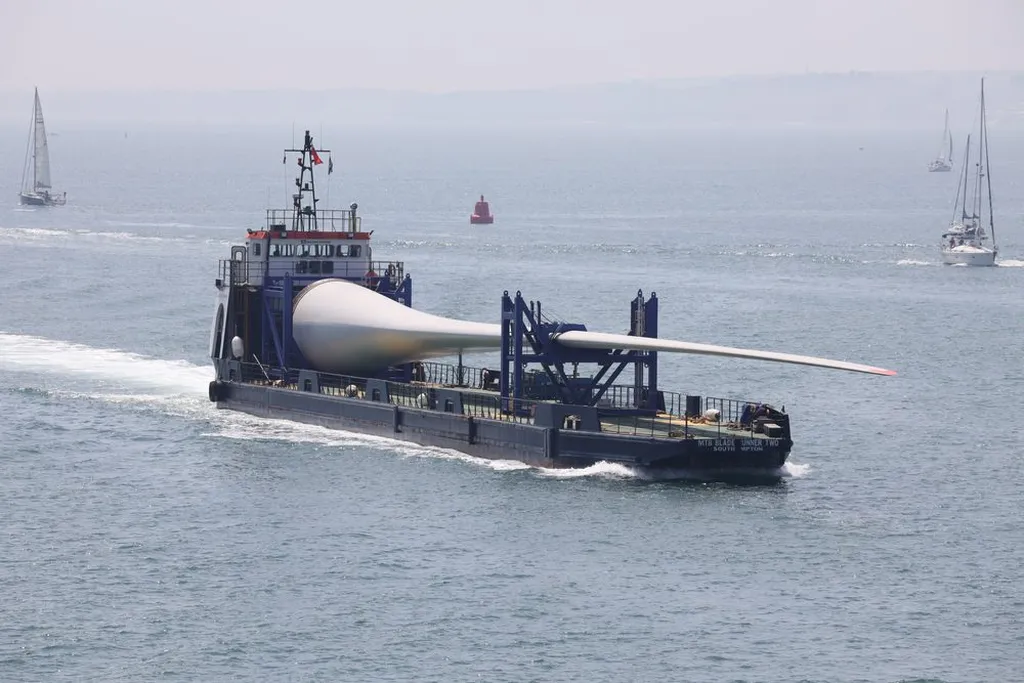In a groundbreaking study published in *Scientific Reports* (translated from Polish as “Scientific Reports”), researchers from the Gdańsk University of Technology have uncovered a promising avenue for recycling end-of-life wind turbine blades (WTBs) into sustainable construction materials. Led by Magdalena Rucka from the Department of Mechanics of Materials and Structures, the research explores the integration of shredded composite (SC) from decommissioned WTBs into cement-based mortar, offering a dual benefit for both the construction and energy sectors.
The study investigated two distinct approaches: using a fine fraction (0–2 mm) of SC as a partial cement replacement and a coarser fraction (0–32 mm) as a partial aggregate replacement. The results were striking. When the coarser SC fraction was used to replace aggregate, the mortar’s properties saw significant improvements. “We observed a reduction in porosity by up to 23.22%, an increase in flexural strength by 36.51%, and an impressive improvement in the toughness index by 248.11%,” Rucka explained. These enhancements suggest that SC from EoL WTBs could be a valuable additive in cementitious composites, particularly when used as an aggregate replacement.
However, the finer SC fraction, when used as a cement substitute, yielded less favorable results. It led to a 27.55% increase in porosity, a 6.60% reduction in density, a 44.64% decrease in toughness, and a 45.12% decrease in compressive strength. Rucka acknowledged the need for further optimization in this approach but remained optimistic about the potential of SC in sustainable construction.
The implications of this research are far-reaching. As the demand for sustainable construction materials grows, the ability to repurpose industrial waste, such as decommissioned wind turbine blades, could significantly reduce construction waste and support circular economy practices. For the energy sector, this innovation offers a viable solution for managing the growing volume of EoL WTBs, which are typically challenging to recycle due to their composite structure.
Rucka’s work, published in *Scientific Reports*, underscores the importance of interdisciplinary collaboration in driving sustainable innovation. As the world grapples with the challenges of climate change and resource depletion, such research paves the way for a more sustainable future. The study not only highlights the potential of SC from EoL WTBs as a sustainable additive in cementitious composites but also sets the stage for further exploration and optimization in this promising field.

